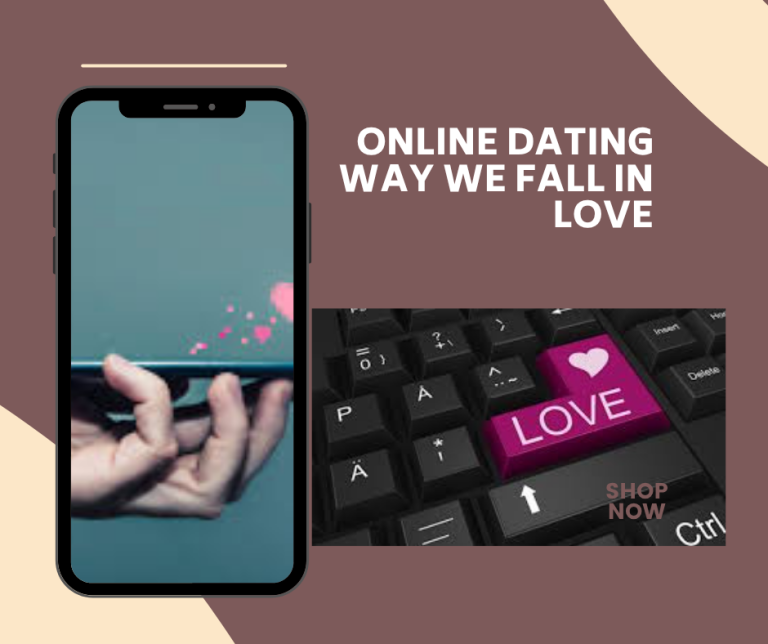Online dating has transformed from a digital experiment into one of the most common ways people meet romantic partners today. With the rise of dating websites and mobile apps, the nature of forming romantic relationships has undergone a dramatic evolution. This new approach to love, often faster, broader, and sometimes more complex, has reshaped how we find, choose, and relate to one another in modern society.
At its core, **online dating** refers to using digital platforms—usually websites or apps—to connect with potential romantic partners. These platforms are designed to help people discover, communicate with, and match with individuals who may be compatible based on interests, background, values, and goals. Unlike conventional dating, which happens through social networks, workplace encounters, or chance meetings, online dating relies heavily on digital access and algorithm-driven matchmaking.
From Offline Serendipity to Digital Discovery
Traditional dating, what we now call offline dating, is rooted in face-to-face interactions. These connections are often spontaneous and emerge from daily life: being introduced by a mutual friend, striking up a conversation at a café, or connecting with someone at work or during a social event.
In contrast, online dating platforms offer a structured environment where singles can actively search for partners based on specific preferences. You’re no longer limited to the people you bump into. Instead, you’re presented with a wide array of choices filtered by age, location, interests, and values. The process turns romantic connection into something intentional and scalable.
This shift doesn’t just change how we meet—it alters how we evaluate potential partners. Profiles act like digital resumes, giving people curated snapshots of who someone is. Some apps even allow friends and family to join in and play digital matchmakers, showing just how interactive and socially integrated these platforms have become.
The Diversity of Dating Platforms
The online dating landscape is vast. There are platforms for everyone—mainstream ones like Match, OkCupid, and PlentyOfFish, as well as niche sites for specific communities, such as faith-based, LGBTQ+, or cultural groups. Some sites focus on video interaction, others on avatars in virtual reality spaces, and many are app-based with GPS-enabled features that show you singles nearby.
More advanced matchmaking platforms, like eHarmony or Chemistry, use complex algorithms to pair people based on psychological profiles and personal values. Others, like ScientificMatch or FindYourFaceMate, use more unconventional data, including genetic compatibility or facial recognition theories.
What ties them all together is the promise of efficient connection—using technology to bypass awkward introductions and dive into meaningful conversations with people you might never meet otherwise.
Why Online Dating Feels Different
One of the biggest shifts with online dating is the amount of control it gives users. In offline dating, interactions are typically limited by proximity and circumstance. Online, you’re no longer bound by geography or chance. You can search the entire city—or the entire world—for someone who shares your values, passions, and future goals.
This breadth of choice can be empowering, but it also comes with its own challenges. People can experience decision fatigue, become overly focused on surface-level traits, or treat dating like window shopping rather than relationship-building. Still, for many, the benefits far outweigh the drawbacks.
The positive romantic outcomes people seek—be it emotional connection, companionship, or long-term love—are still at the heart of it all. Whether you’re browsing profiles or building a relationship, what matters is the bond that develops over time, regardless of how it started.
Technology and the Psychology of Attraction
Online dating also introduces new layers to how attraction works. Users evaluate not just physical appearance, but also written expressions of personality, lifestyle, and goals. Some people feel more confident expressing themselves through text and profiles, leading to deeper initial conversations. Others may be wary of misrepresentation or ghosting, where matches disappear without explanation.
But studies show that many couples who meet online report high levels of satisfaction. Relationships that start online are just as likely—if not more—to lead to marriage than those that begin in traditional settings. This is partly because people tend to match with others who share their values, intentions, and compatibility, thanks to the algorithms and self-selection involved.
Challenges and Criticisms
Despite its many advantages, online dating isn’t without its criticisms. Some argue that it’s too transactional, too focused on looks, or that it fosters unrealistic expectations. Others point out the risks of catfishing (pretending to be someone else online), scams, or the emotional toll of rejection.
Still, the platforms themselves are constantly evolving. Developers now include safety features, verification tools, and educational resources to promote healthier, more transparent interactions. And as society becomes increasingly digital, the stigma around online dating continues to fade.
The Future of Finding Love
What’s clear is that online dating is here to stay. It has democratized access to relationships, allowed people to connect across cultures and borders, and offered new hope for millions seeking love on their own terms.
As technology advances, we may see even more immersive dating experiences—like AI matchmakers, VR date nights, and compatibility testing that goes beyond what we can see or type. But no matter how futuristic dating becomes, the goal remains timeless: to connect, love, and build something real.
Whether you’re swiping through an app on your phone, filling out a detailed profile on a matchmaking site, or video chatting with a new match across the globe, one thing is certain: the search for love continues, and the internet is helping shape it in powerful new ways.



